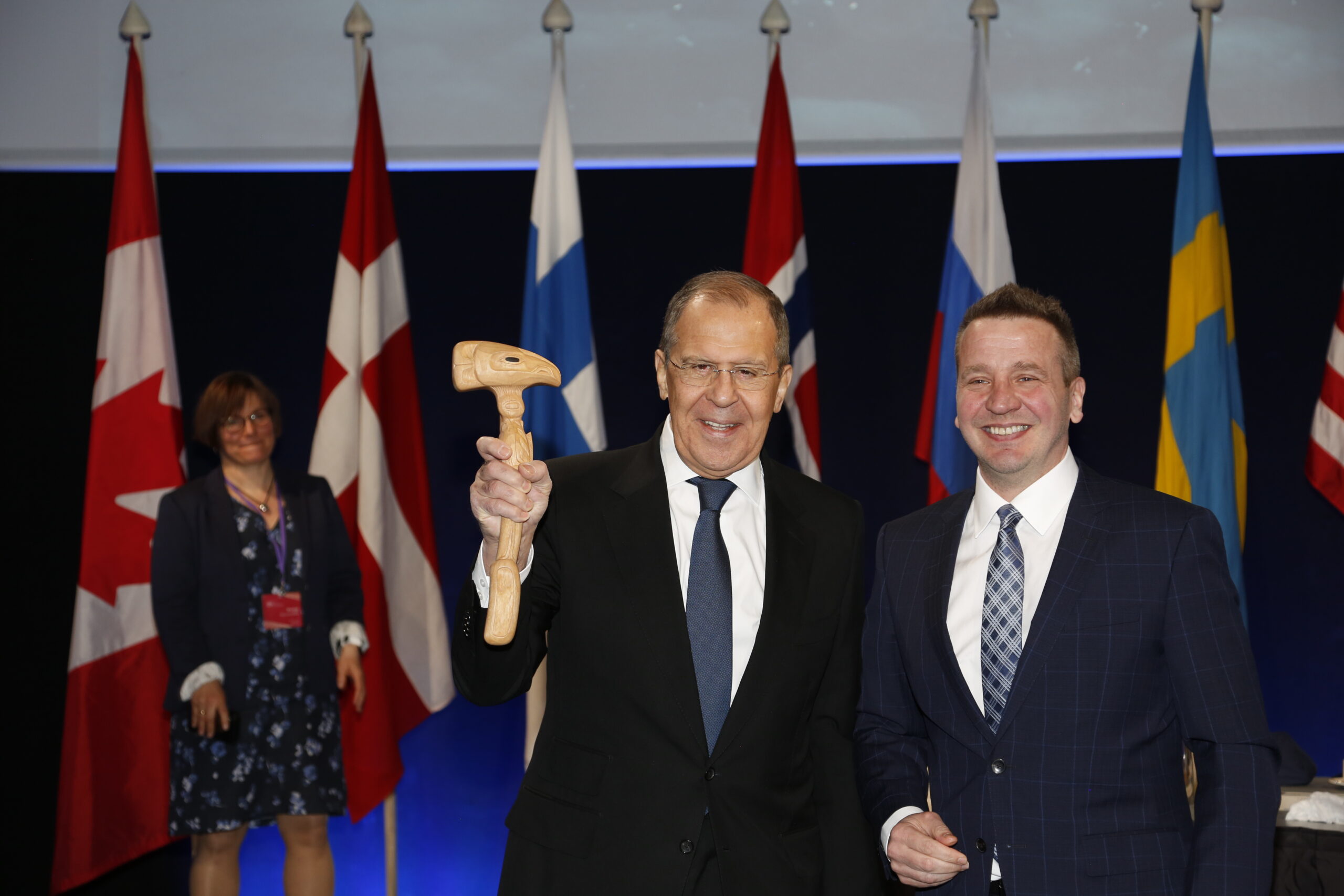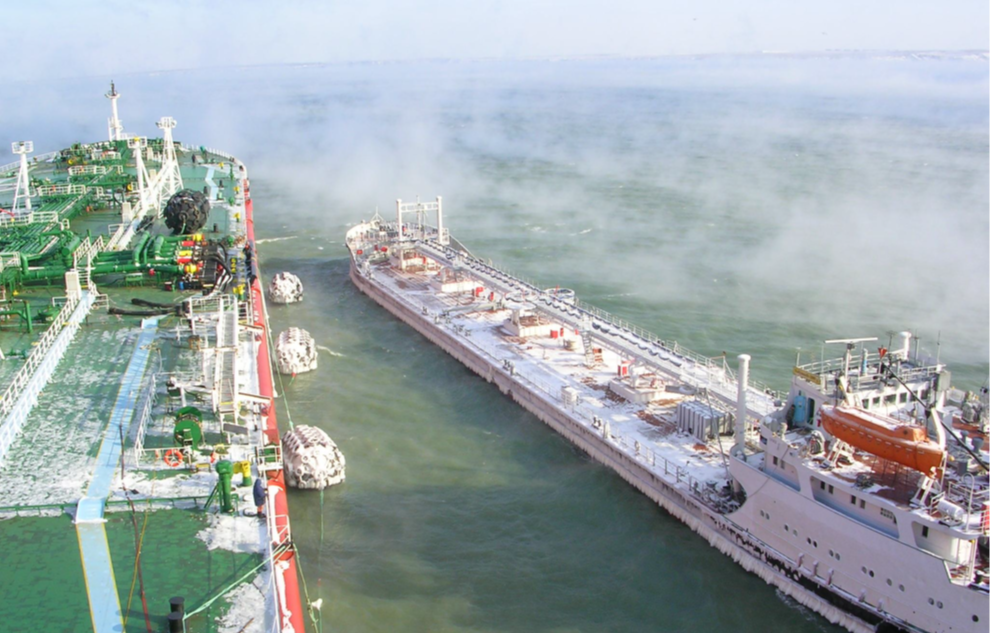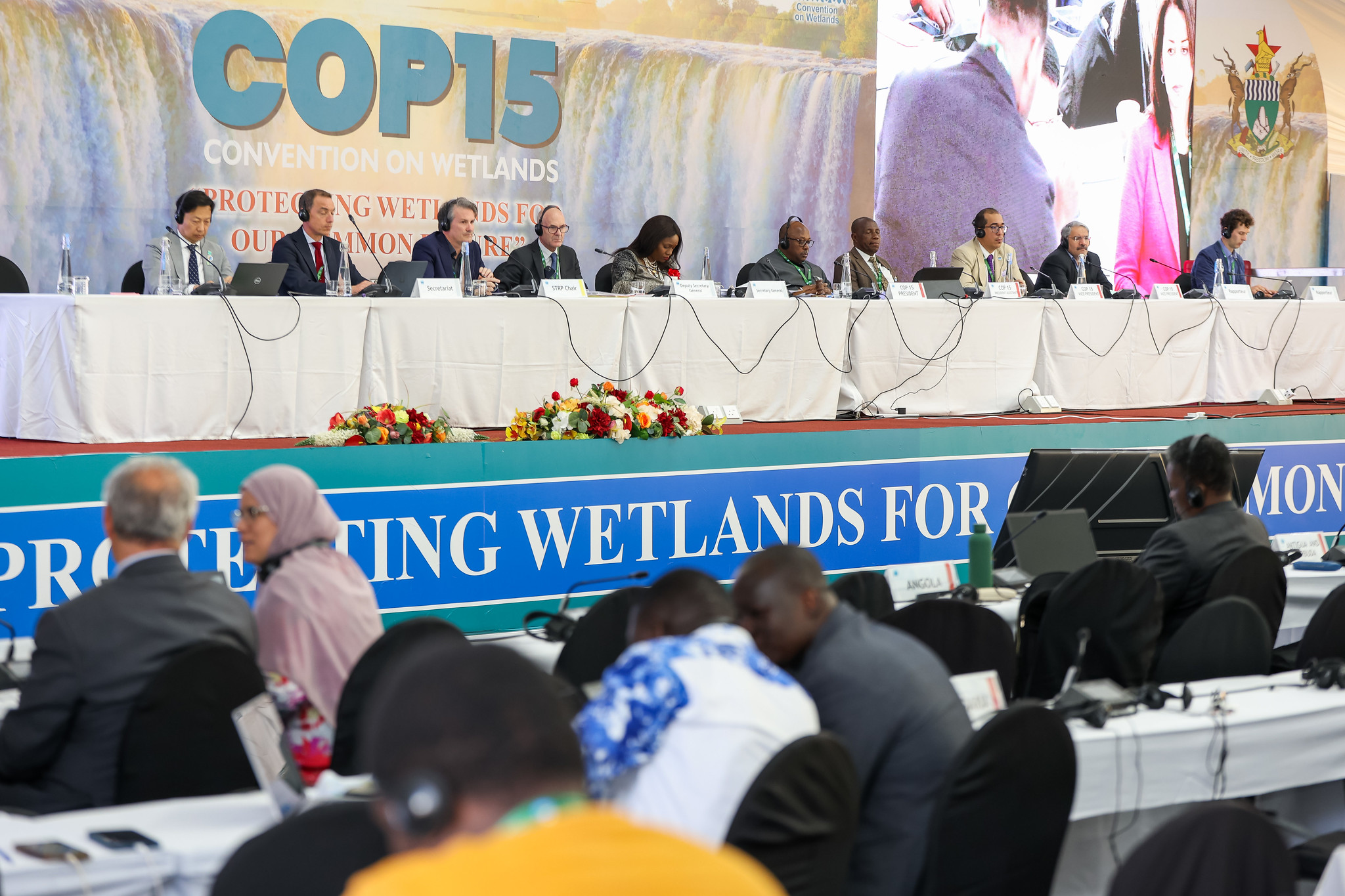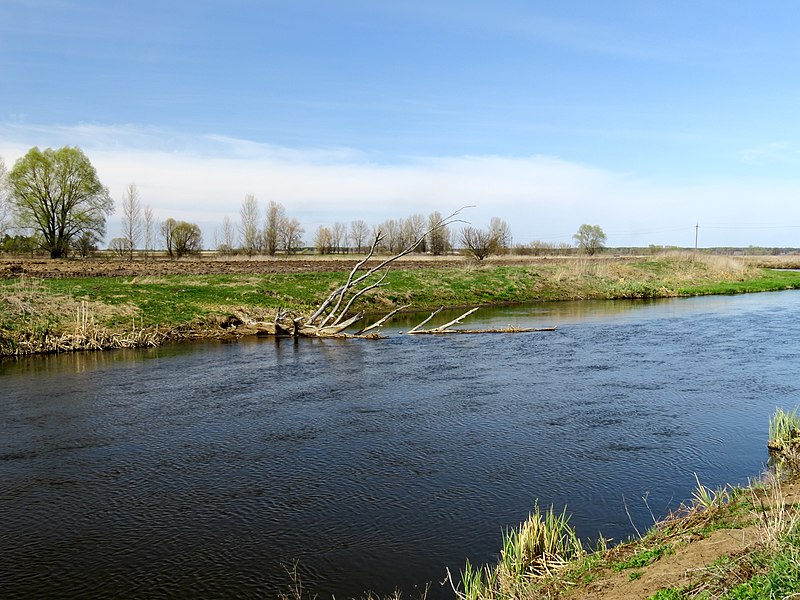Eugene Simonov
Translated by Alastair Gill
The war in Ukraine and rising global tensions have seen renewed interest among European politicians in supporting dubious gigantic infrastructural projects as a way of buying the loyalty of countries who would otherwise turn to Russia and China for help. In this article, UWEC Work Group expert and river conservation specialist Eugene Simonov examines this alarming trend through the example of one of the most controversial unfinished projects of the Soviet era – the Rogun Dam in Tajikistan. No matter how acute the geopolitical challenges, they should not outweigh the principles of social and environmental responsibility and commitment to sustainable development that form the basis of international financial institution policies.
The authors’ opinions as expressed are solely those of the authors and do not reflect the opinions and beliefs of UWEC Work Group.
Megaproject geopolitics
When Russia invaded Ukraine in 2022, the European Union quickly realized it was painfully dependent on Moscow for its energy needs. While the bloc has since managed to find various ways of reducing this dependency, containing Russia’s international influence remains an important challenge for the “collective West”. European politicians have made it a goal to help ex-Soviet republics rid themselves of energy and other forms of dependence on Russia. This is relevant in terms of developing long-term ties with promising sources of raw materials for “green development”, as well as establishing better control over the export of military goods to Russia via third-party countries, primarily the Central Asian states.
In a region where autocratic tendencies continue to strengthen and civil society movements are harshly suppressed, the dependence of economies on external support from their neighbors – Russia, Iran, China – is growing. It is this influence that Europe is seeking to challenge.
The European Union has put together a new cooperation strategy with Central Asia and is preparing to provide multi-million euro support for the creation of large-scale infrastructure in the region via its new Global Gateway program. In Central Asia this initiative primarily concerns support for transport and energy.
On 29-30 January, Brussels hosted a Global Gateway transport forum for investors, at which the EU and all Central Asian countries discussed the creation of a Trans-Caspian transport corridor from China to Europe, circumventing Russia. The EU is ready to invest 10 billion euros in the project. However, analysts are extremely skeptical about the economic and environmental efficiency of a shipping route that would involve three or four transfers of cargo from train to ship and back. China’s attempts to create a slightly less awkward “Silk Road” route via Kazakhstan, Russia, and Belarus drew healthy skepticism from economic analysts. But today the war in Ukraine makes even more dubious projects politically attractive.
The Rogun saga, from Brezhnev to Borrell
A prime example of a dubious megaproject is the “immortal” Rogun Dam in Tajikistan. Comparable in scale and hubris to the Egyptian pyramids, the project has become something of an obsession for the country’s president.
Construction of this hydroelectric power station, with a capacity of 3600 megawatts, began in 1976, when Tajikistan was part of the USSR. At 335 meters, the structure promised to become the highest dam in the world, though it stood on a seismically dangerous geological fault and an unreliable foundation of salt layers. In Soviet times several kilometers of tunnels and machine halls were bored, the first temporary dam was set up on the Vakhsh River, and the first temporary turbines and generators, manufactured by Kharkiv enterprises Turboatom and Elektrotyazhmash, were even shipped from Ukraine.
But, having already invested one and a half billion dollars in the project, the USSR then fell apart, and construction was halted in 1991. Two years later, floods washed away the temporary dam and flooded the machine rooms. It seemed that the issue had been settled and independent Tajikistan could search for more modern and flexible ways to solve its energy problems. But in the early 2000s, after Emomali Rakhmon emerged victorious in a bloody civil war and became president, Dushanbe decided to complete the dam and hydroelectric plant, investing $3 billion in the project.
According to data from the World Bank, Tajikistan is spending 80% of the state budget’s infrastructure investment on completing the Rogun Dam, to the detriment of projects in education and healthcare. The impoverished population has even been forced to buy bonds in the Rogun project. Meanwhile, they suffer from rolling blackouts, since 95% of the country’s energy is generated by hydroelectric power plants, and in winter a natural reduction in runoff from glaciers creates a shortage of water for hydroelectric generation. There is nothing left in the coffers to invest in diversifying energy sources – all money is spent on Rogun, which has become a national fetish.
Around 2008, neighboring Uzbekistan naturally saw the creation of the enormous Rogun reservoir as a threat to its agricultural production in the Amu Darya basin and declared a blockade of Tajikistan, halting gas supplies and severing rail connections between the two countries. It was only the arrival of a new Uzbek president, Shavkat Mirziyoyev, with his policy of “water diplomacy,” that somewhat softened the long-running conflict.
Since 2006, Tajikistan has spent another $4 billion on finishing construction of the Rogun HPP, a site that is less than 25% complete, and the cost of bringing the project to its conclusion is estimated at over $6 billion in additional investment. The estimated full budget for the project grows by a steady 15% annually. By 2023 the full construction cost – for just one power station – had already exceeded $10 billion ($5 billion already spent by the USSR and Tajikistan, with the additional $6.2 billion currently required to complete construction), an amount equivalent to the entirety of Tajikistan’s current GDP. Construction will continue until at least 2035, and the reservoir will not be filled until 2040. If, of course, there is enough water.
In 2022, well aware of the project’s background and ongoing problems, EU Foreign Minister Josep Borrell promised to support the construction of the Rogun HPP via Global Gateway, in order to reduce Tajikistan’s dependence upon Russia and encourage Dushanbe to choose “the high-quality EU offer over the low-cost Chinese one.” This was quite a stretch, since while Tajikistan imports electricity in winter, it is not dependent upon Russia in this regard. As for the import of Russian oil, it would have been logical for the European Union to have first resolved similar issues with Hungary and Slovakia.
However, Foreign Minister Josep Borrell stepped forward with a generous EU offer to pay 15% of the costs of completing the Rogun project. The funds will be supplied via the European Investment Bank as partial financing for the Rogun Hydropower Project, which is managed by the World Bank.
Apart from geopolitics, Borrell’s real interest is in supporting “European quality”. The main contractors involved in building the Rogun HPP are large European companies: WeBuild is building the main dam, Voith is supplying the generators and turbines, Afry is responsible for design, Tractebel is overseeing the engineering work, and so on. But these European companies need huge financing in order to complete the Rogun HPP.
Risks of a gigantic dam
Objectively, the creation of the Rogun reservoir, which will have a total capacity of 13 cubic kilometers, is capable of substantially aggravating water shortages in Central Asia. This project has already brought the countries in the region to the brink of war, as Uzbekistan’s blockade of Tajikistan demonstrated.
According to the World Bank, for the 16 years it will take to fill the Rogun reservoir, the flow of the Amu Darya into the Aral Sea will be reduced by almost one cubic kilometer annually. Today this is about 20% of all water flowing into the Amu Darya Delta.
The biggest risk is that the vast reservoir may redistribute half of the flow of the Vakhsh River from the summer months, when water is needed by ecosystems and for agriculture, to the winter months, when the need for electricity is greatest. This is especially dangerous given the realities of climate change. The fact that Tajikistan has “promised not to do this” is a completely insufficient guarantee.
Uzbekistan’s current leader may be better disposed toward Tajikistan than his predecessor, but redistribution of water resources remains a mortal threat to Karakalpakstan and other agricultural areas in the lower reaches of the Amu Darya. Despite 10 years of urgent recommendations from the World Bank, there is still no system of reliable agreements guaranteeing risk reduction between the countries of Central Asia.
Environmental and social impacts
The Environmental and Social Impact Assessment (ESIA) of the Rogun hydroelectric power station, carried out in 2023 for the World Bank, does not answer the most burning questions: how the plant’s different operating modes may affect water flow, how to ensure the safety of rare animal species and Tigrovaya Balka Nature Reserve, a UNESCO World Heritage site, and what specific bilateral response and mitigation plans are in place between Tajikistan and Uzbekistan in case of a breach of the dam, etc.
The World Bank itself has already publicly admitted that the ESIA does not meet its requirements and demanded a fresh assessment of the cumulative impact of the dam. A cumulative assessment is needed to take into account the total impact of water management projects in the region, including the Rogun Dam, but also the vast Qosh Tepa Canal, currently under construction in Afghanistan on the border with Tajikistan, which could potentially divert 20% of the Amu Darya’s total water flow.
The enforced resettlement of 46,000 people in a country with extremely high levels of corruption and harsh suppression of dissent is a catastrophe that clearly involves multiple human rights violations. There is still no general resettlement policy, there are no project assessment documents in Tajik, the $250 million promised in the ESIA is hardly sufficient to ensure the welfare of such a huge number of displaced people, and the media is silent on the fate of the 7,000 Tajik citizens already resettled.
The European Union and the World Bank are presenting the completion of the Rogun hydroelectric power plant as an optimal solution to the problem of providing the countries of Central Asia with “green energy”, but this is an extremely unconvincing argument. The ESIA shows that the reservoir will release more than 100 grams of CO2 equivalent per kilowatt hour of energy, an unusually high figure for a “green” hydroelectric power plant. And the constantly retreating completion dates for the project threaten to set back the energy decarbonization of Central Asia by 10-15 years. Faster and more effective alternatives to this “delayed decarbonization” option were not considered in the ESIA.
In January 2024, public organizations demanded that regional public hearings be held on the contents of the ESIA for the Rogun HPP. In response, the state energy project management group overseeing the construction of the dam claimed that such an event had already taken place behind closed doors in Almaty in November 2023, but this was not publicly announced, and those who attended could not had time to familiarize themselves with the 500-page draft environmental impact assessment, published five days earlier.
How to build half a pyramid and take no responsibility
The most interesting thing about all this is that the World Bank and EU are investing nowhere near what is required to complete the construction of the Rogun hydroelectric station, allocating only $700 million of the more than $6 billion needed to complete construction. They are only promising to finance the “first phase” (of the third attempt to complete the Rogun Dam), which will allow half of the dam to be erected and a third of the turbines and generators to be installed by 2028. The World Bank documents are tactfully silent on what comes next. Essentially, international financial organizations are simply bribing the authoritarian regime, hoping that this will make it indebted to the “civilized world”, meaning that it will cast fewer glances towards Russia and China.
But this money will substantially worsen Tajikistan’s debt dependency. In addition, since Global Gateway and the World Bank have insufficient money even for the “first phase”, banks under Russian (Eurasian Development Bank) and Chinese (Asian Infrastructure Investment Bank) control are now also involved in financing the hydroelectric power plant, rendering completely meaningless the geopolitical aims implicit in the EU’s promise to finance the Rogun hydroelectric station.
Seeing no resistance to such projects from civil society in Central Asia, the World Bank recently announced the start of construction in Kyrgyzstan of another gigantic hydroelectric station, Kambarata-1 on the Syr Darya River, a project that will also be broken into “phases”. Kyrgyzstan is even poorer than Tajikistan, and is even more reliant on Russia. It is possible that the EU plans to supplement the Global Gateway program with this project.
If the funding from Global Gateway results in increased environmental degradation and water scarcity, as well as massive human rights violations and long-term debt growth for Central Asian countries, who will be the ultimate beneficiaries? It seems likely that such ill-conceived “European aid” will only increase Central Asian countries’ dependency on Russia and China, to whom they will turn when the projects supported by the European Union run into a dead end.








Comment on “‘А la guerre comme à la guerre’: Military geopolitics see return of controversial megaprojects”